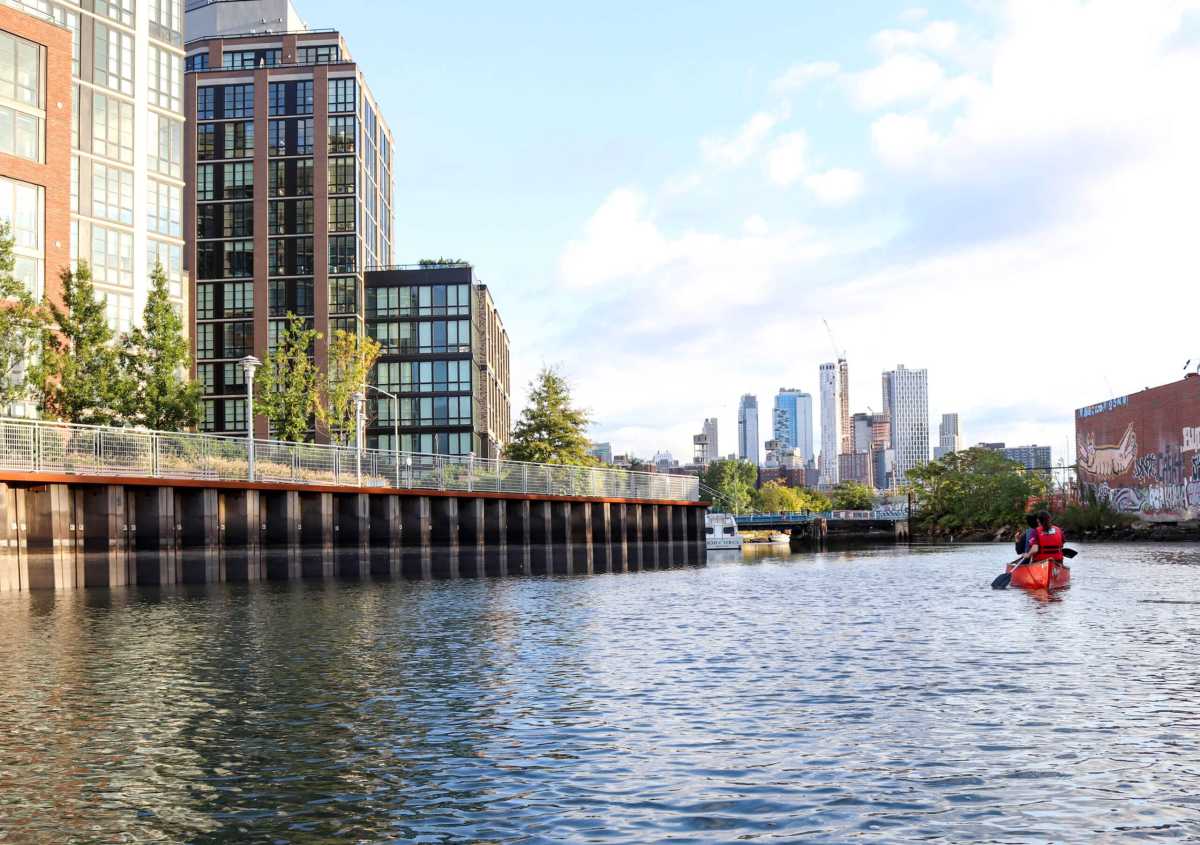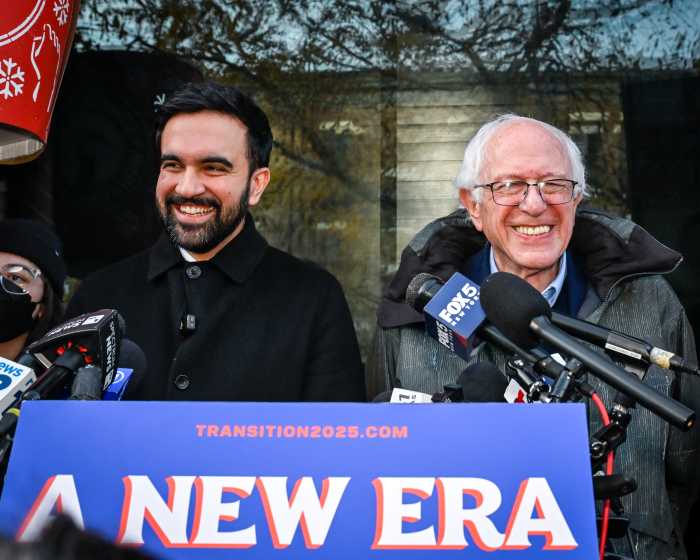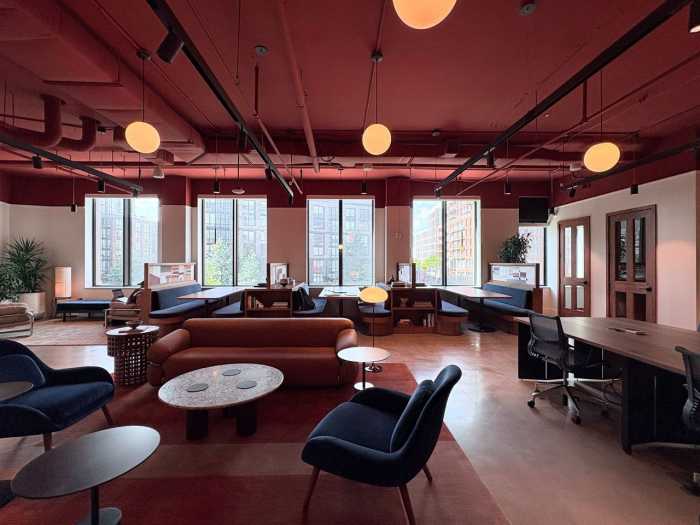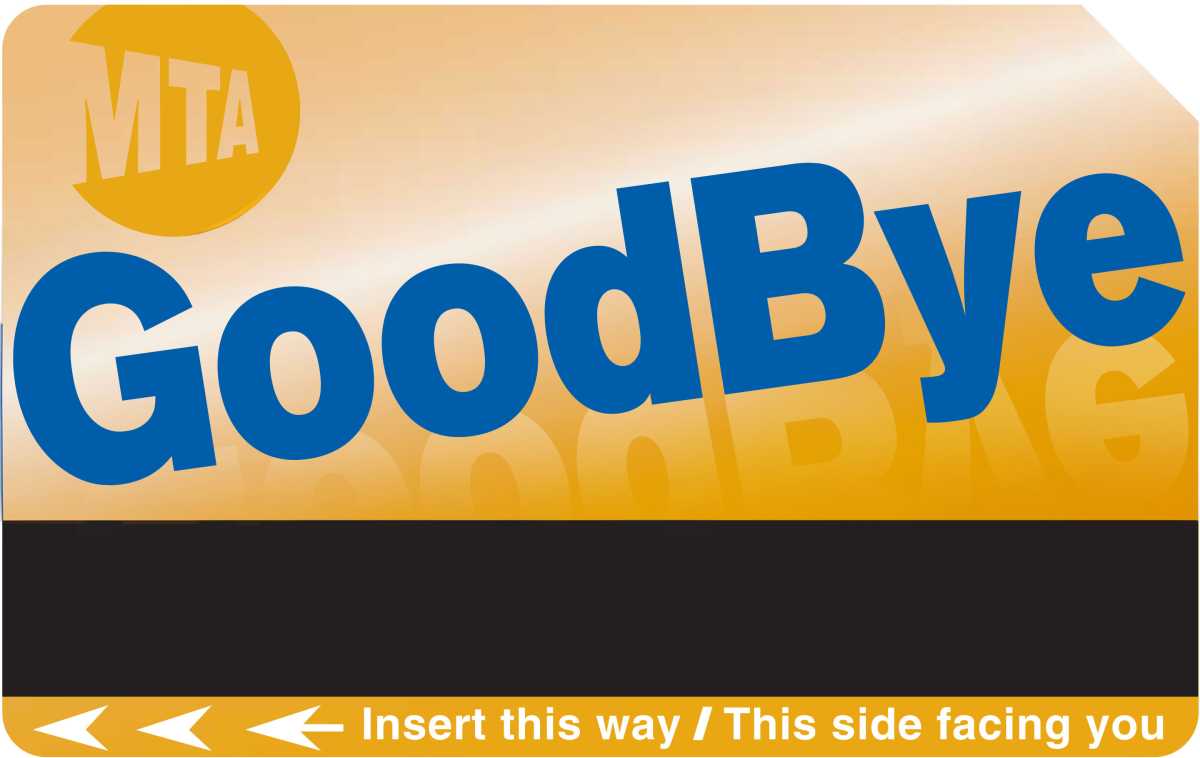Supporters of the controversial Gowanus rezoning, which has been in the works for over a decade, say that allowing a bevy of high-rise towers on the banks of the polluted canal would bring urgently needed affordable housing to Brooklyn. But how many units of truly affordable housing could the proposal actually bring?
If the project were implemented exactly as envisioned by local City Councilman Brad Lander and the Department of City Planning, it could spawn 2,525 units aimed at households making 60 percent or less of the area’s median income, and some 5,200 “luxury” apartments. Another 475 homes would be technically “affordable” — income restricted and rent stabilized — but priced for middle-income households.
This is a better outcome than what often passes for “affordable” in the city’s housing lotteries, where many buildings receiving the 421-a tax break offer “affordable” units whose rents are pegged at 130 percent of area median income. Not only are these units out of reach for those who most need housing, but the rents are often equivalent to unregulated, market-rate units both new and old — like a $2,225 a month studio in Bushwick, for example.
Here are the details on the rezoning’s proposed affordable housing units:
The Gowanus rezoning proposal will contain two different types of affordable housing.
First, the 100-percent affordable Gowanus Green project from a group of nonprofit developers, which will bring 950 total homes, including 475 apartments for those earning up to 50 percent of the area median income. The others will vary up-to 120 percent AMI and include some affordable co-ops.
Most of the affordable housing units from the Gowanus rezoning, however, will come from private owners and developers, following the city’s Mandatory Inclusionary Housing guidelines that require some price-targeted units in otherwise for-profit buildings.
The MIH program includes four options for the amount of housing units in each building, and how costly those units would be — although it’s unclear which of the four MIH options will be required, as that would be determined during the rezoning’s public review process.
Lander has said he wants option No. 1, among the most affordable of the four. If other options are selected, it could mean the project could create little meaningful affordable housing.
Under the MIH option that Lander currently champions, 25 percent of whatever units are created will be designated at-or-below 60 percent of the area median income, and 10 percent of those will be set at or below 40 percent of the area median income.
Potentially, that could mean approximately 2,525 units will be designated at-or-below 60 percent of the area median income, with approximately 252 of those units set at-or-below 40 percent of the area median income.
To put this in perspective, a family of four at 40 percent of the AMI would have a combined income of roughly $45,480; the same at 60 percent of the area median income would have a combined income of roughly $68,220.
At those percentages, one-bedroom apartments would rent at somewhere between $717 and $1,143 a month. Two-bedroom apartments would range from $854 to $1,366 a month, and three-bedroom apartments would run $978 to $1,570 a month.
But exactly how many total units would actually be built under MIH is anyone’s guess — the 8,000 total is a City Planning estimate. For comparison, more than 10,000 units were produced by the 2005 Williamsburg rezoning, including 1,501 affordable units (none were required).
Nothing is currently solidified. The ULURP process has yet to begin. When, or if, it does, the affordability breakdown under Mandatory Inclusionary Housing can change, with an ultimate decision being made by the City Council when they vote on the rezoning.
Lander, as the area’s representative in the Council, will hold significant power to shape the land-use change, but only if the city can push through the measure before both he and Mayor Bill de Blasio — who is also a proponent of the rezoning — leave office next January.
The city had planned to certify its Universal Land Use Review Procedure (ULURP) on Jan. 19, but a lawsuit over transparency concerns has halted that until at least Jan. 27.

























